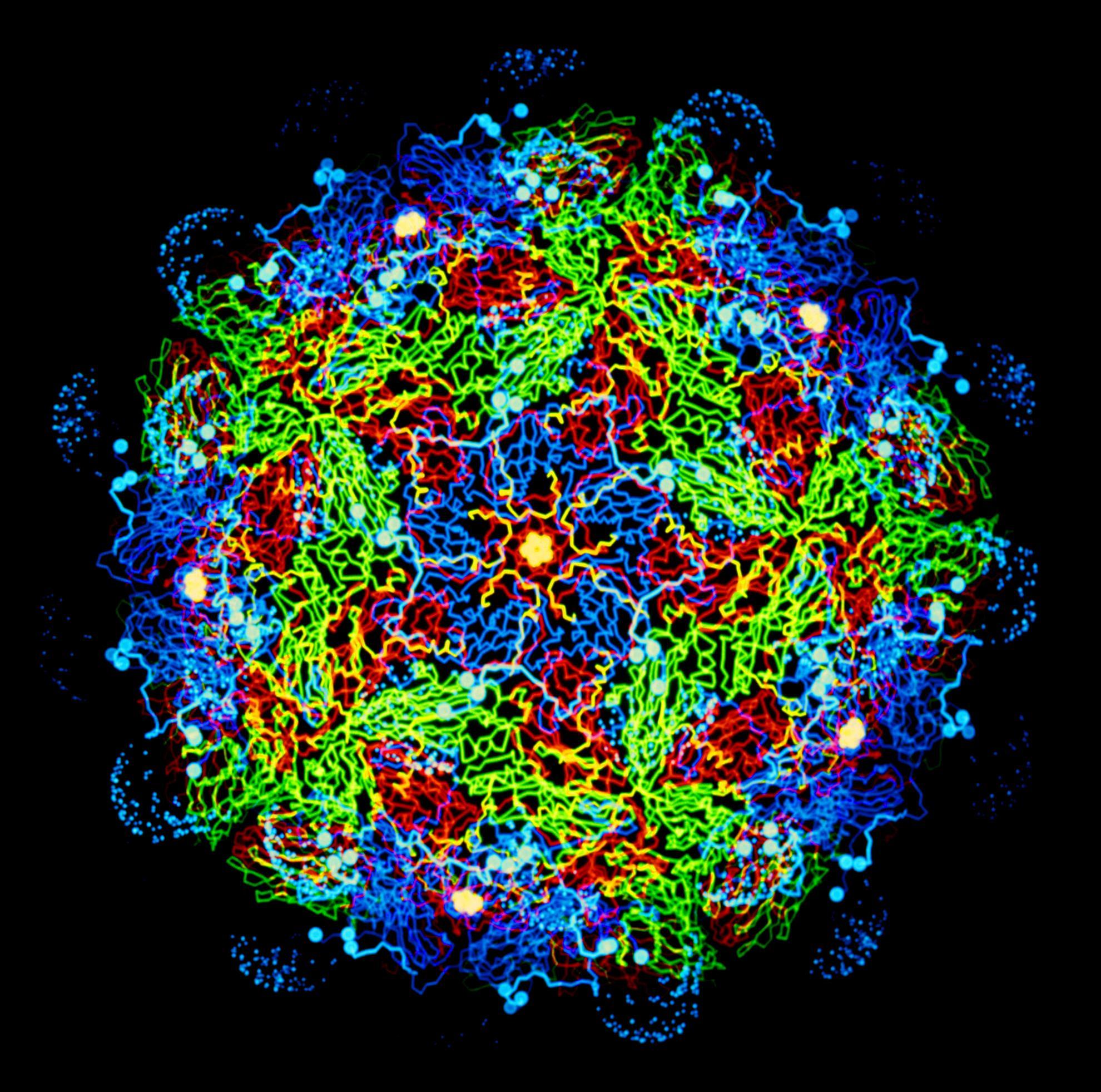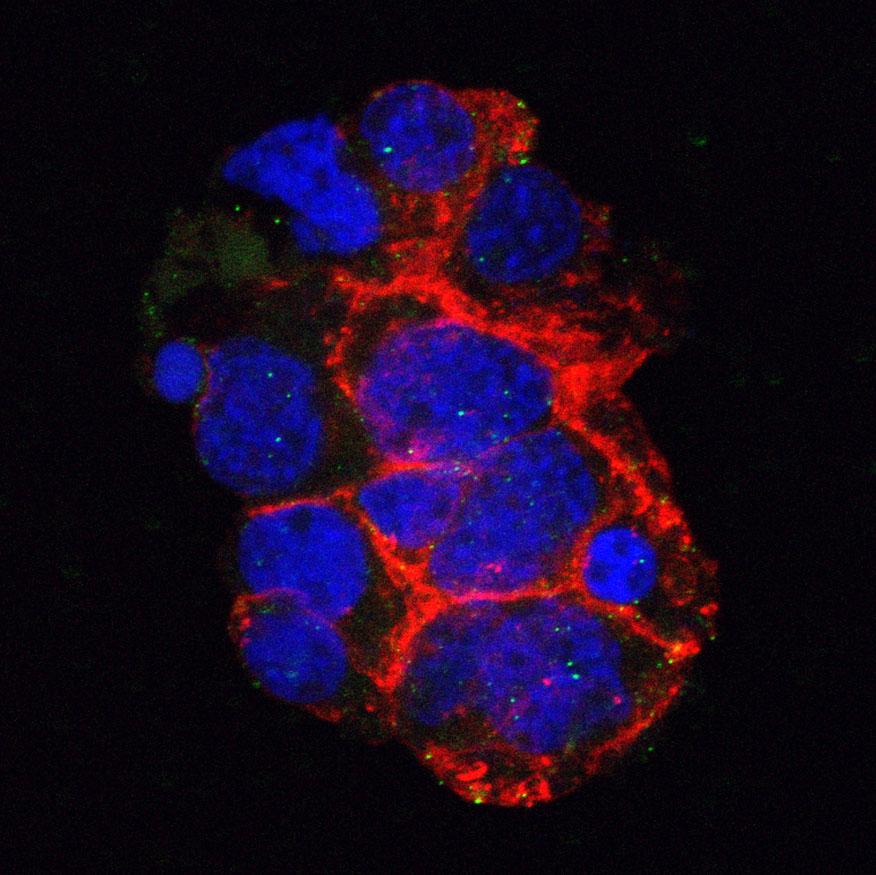Using the basic reproduction number to assess the risk of transmission of lumpy skin disease virus by biting insects
In recent years, lumpy skin disease virus (LSDV) has emerged as a major threat to cattle outside Africa, where it is endemic. Although evidence suggests that LSDV is transmitted by the bites of blood sucking arthropods, few studies have assessed the risk of transmission posed by particular vector species. Here this risk is assessed by calculating the basic reproduction number (R0) for transmission of LSDV by five species of biting insect: the stable fly, Stomoxys calcitrans, the biting midge, Culicoides nubeculosus, and three mosquito species, Aedes aegypti, Anopheles stephensi and Culex quinquefasciatus. Parameters relating to mechanical transmission of LSDV were estimated using new analyses of previously-published data from transmission experiments, while vector life history parameters were derived from the published literature. Uncertainty and sensitivity analyses were used to compute R0 for each species and to identify those parameters which influence its magnitude. Results suggest that S. calcitrans is likely to be the most efficient at transmitting LSDV, with Ae. aegypti also an efficient vector. By contrast, C. nubeculosus, An. stephensi, and Cx. quinquefasciatus are likely to be inefficient vectors of LSDV. However, there is considerable uncertainty associated with the estimates of R0, reflecting uncertainty in most of the constituent parameters. Sensitivity analysis suggests that future experimental work should focus on estimating the probability of transmission from insect to bovine and on the virus inactivation rate in insects.

